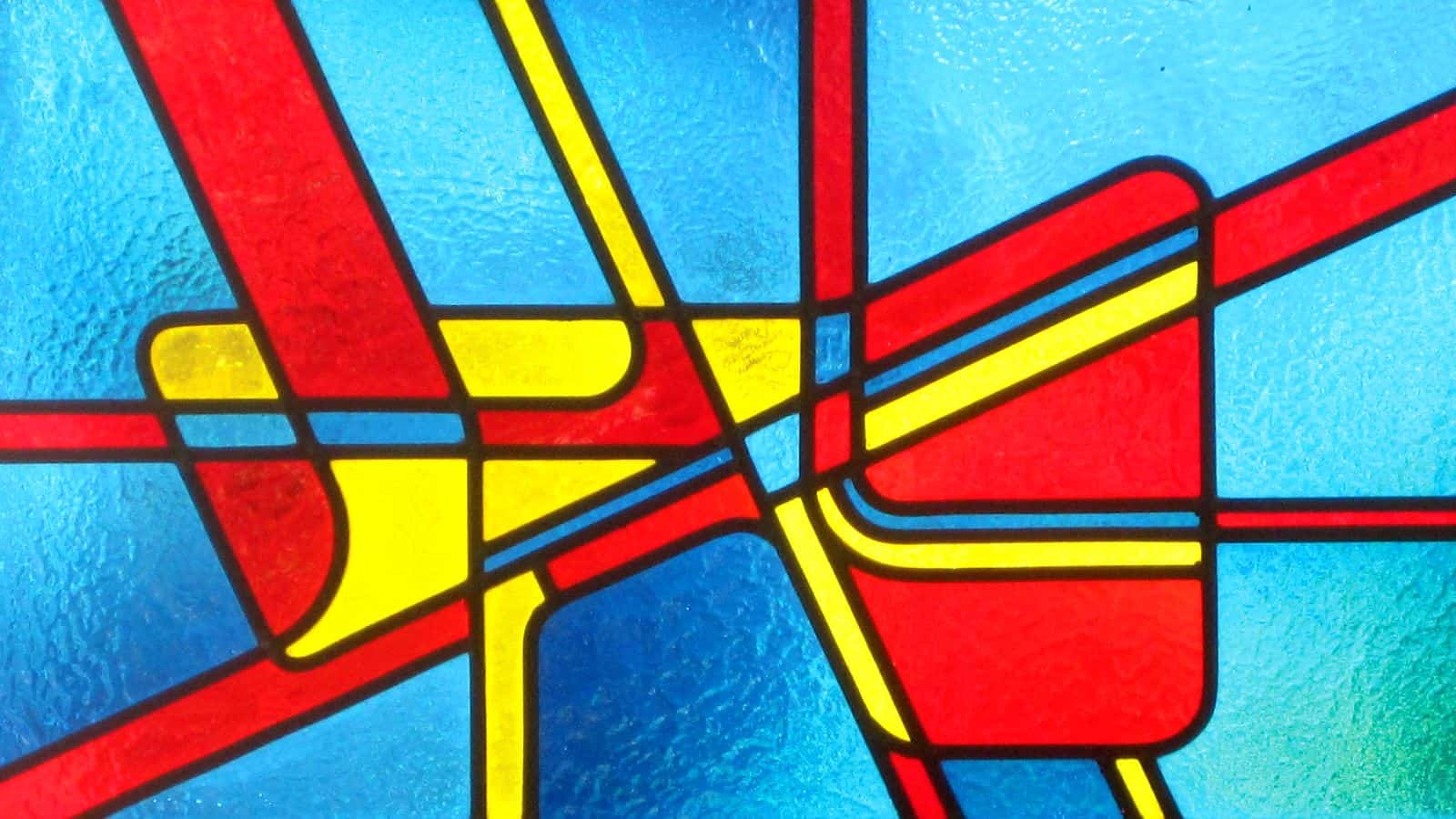
By Michael Banks and Sarah Tesh
Researchers working on the Laser Interferometer Gravitational-Wave Observatory might be answering some of the biggest questions in astrophysics, but last week they had a rather more down-to-Earth problem to solve. When spurious glitches were picked up by the detector characterization group at the LIGO detector based in Hanford, Washington, they went on an investigation to find the culprit. The team suspected that ravens were to blame as they had been seen causing mischief on tubes that vent nitrogen gas. These pipes are connected to the vacuum enclosure and any vibration could change the optical path length of light that is scattered from the test mass and reflected back. Upon closer inspection, LIGO researchers found peck marks that were “consistent with the size of a raven’s beak”. Not content with just watching the birds at play, the team even performed “simulated pecking” to see how this affected the machine’s performance. With the culprit now identified, you will be pleased to hear that the lines are set to be insulated to fend off the birds. “I guess we can’t blame [the ravens] for desiring ice on a hot desert afternoon,” writes Robert Schofield in a LIGO logbook post.
At first glance it looks like any piece of stained glass that you might find in a window or front door. But the eagle-eyed among you might spot that the design above actually has a physics connection. Heavy-ion physicist Hubert van Hecke from Los Alamos National Laboratory has been producing stained-glass windows since his undergraduate years at Louisiana State University and continued to make them when doing a PhD at Syracuse University. But when he began working at Los Alamos after his PhD he stopped. Having now taken semi-retirement he has returned to the studio to continue his hobby and has since created several pieces based on the search for the Higgs boson, neutrino oscillations and an experiment with quarks and gluons. “I hope to make a dozen more,” he told Symmetry. “As I bump into plots, I’ll collect them and hopefully, turn them all into windows.”
The skies and beyond provide some stunning sights. This week alone has seen more spectacular shots of Saturn from Cassini, and a series of beautiful photos shortlisted for 2017’s Insight Astronomy Photographer of the Year. “But, for some people that just isn’t enough,” says Ethan Seigal. Writing for Forbes this week, he names and shames some of the Internet’s favourite space pictures that have in fact been severely doctored. Some are well done and require an expert’s eye to catch them out – for example a “photo” of planets as seen from Mars was not taken by a Mars rover but artificially generated by software. There are some more obvious fakes too, such a dog digging on the Moon. In this “photo” the shadow angles don’t line up with the portion and position of Earth in the sky. Plus, there’s a dog on the Moon. If you want a regular instalment of fake pictures, check out @FakeAstropix on Twitter.



